At a glance, a turntable looks like any ordinary audio device for playing music. But there’s more to it than meets the eye. The unit comprises many interesting components that are behind its operation. It’s vital to learn about turntable parts so you can appreciate the work that goes into generating sound from that vinyl you dearly love. Let’s get it to the.
Turntable plinth (Base)
The plinth is the base upon which the entire turntable sits. While it serves aesthetic purposes, the plinth supports all the other components and houses electronic circuits. The material used for the base is often meant to resist vibration for better sound delivery, as well as provide stability to the unit. The plinth can be made of wood, plastic, or metal. Its price ranges from $100 to above $1000, depending on the design and material used.
Where to buy
- Etsy.com
- Amazon
- eBay
- TurntableLab.com
Turntable platter
You see the big round surface that holds the record in place? That’s the platter. It’s mainly responsible for spinning the record, and the quality of the material used can be the difference between a great playback experience and an awful one. You can tell the quality by its ability to maintain consistent speed and minimize vibrations. In most cases, such platters are made of aluminum and have a high mass to help decrease external vibration and resonance. Alternatives like plastic, carbon fiber, acrylic, and glass platters are available, too. You can get a turntable platter for as low as $50 for basic models or as high as $500 for high-end versions. It all depends on what you are looking for. Platters are sold at online stores and specialized electronics retailers.
Where to buy
- Analogue Seduction
- eBay
- AV-Connection
- Amazon
- Pro-Ject Audio
- maPlatine.com
- TurntableLab.com
Platter mat
This sheet of material covers the platter, separating it from the vinyl. Its main function is to prevent record scratches and isolate motor vibrations to create a cleaner sound. There are different types of mats, including rubber, felt/wool, cork, leather, acrylic, and steel/metal mats. A platter can cost between $7 and $700.
Where to buy
- Amazon
- Audio Technica
- House of Marley
- eBay
- Alibaba
- Turntable World
- AliExpress
- Analogue Seduction
- Etsy.com
Spindle
A spindle is a metal rod that protrudes at the center of the platter and is used to hold the record in the middle when it’s playing so it doesn’t slip. In direct-drive turntables, the spindle is connected to the motor, ensuring accurate rotation and alignment. Generally, spindles aren’t expensive, with some costing as little as $2. Others have higher price tags of $100 and above.
Where to buy
- eBay
- Amazon
- TurntableLab.com
- PartsExpress.com
- Alibaba
Turntable tonearm
The tonearm is the part of the turntable that resembles a rod. It usually holds the cartridge and supports the stylus as it follows a record’s grooves. The main function of the tonearm is to maintain steady pressure and angle between the stylus and the record. Tonearms come in different designs, and the common ones are:
- S-shaped tonearm
- Straight tonearm
- J-shaped tonearm
- The Uni-pivot tonearm
- Linear tracking tonearm
- Gimbal tonearm
Some of the cheapest tonearms are priced around $10, while those on the higher end can cost as much as $3000.
Where to buy
- Local audio equipment stores or hi-fi shops
- TurntableLab.com
- Amazon
- eBay
- Musidirect.com
Turntable needle (Stylus)
Attached to the cartridge is a tiny, pointed needle, popularly known as the stylus in the turntable world. It tracks the grooves on a record. As the needle slides through the vinyl, it sends vibrations to the cartridge, which then transforms them into electrical signals, ultimately generating sound. The needle is one of the busiest parts of the turntable, requiring frequent replacement. It can be categorized into the following:
- Diamond
- Spherical
- Elliptical
- Line contact
- Shibata
- Microlinear
Most styluses are cost-friendly, with some models having an asking price of just $4 on Alibaba. Of course, others cost more based on the design and material used.
Where to buy
- Alibaba
- B&H Photo Video
- Musicdirect
- Amazon
- Audio Advice
- eBay
Cartridge
The device that you see fixed on the front side of the tonearm is the one that’s referred to as the cartridge. Featuring copper wire magnets and coils, the cartridge is able to create a magnetic field that converts stylus vibrations into electrical signals. When these signals are sent to the amplifier, they are magnified and converted into sound. The main types of cartridges are:
- Moving Magnet (MM) cartridges
- Moving Coil (MC) cartridges
- P-Mount cartridges
- Mono cartridges
A typical cartridge costs at least $40 dollars.
Where to buy
- Amazon
- eBay
- Alibaba
- Crutchfield.com
- TurntableLab.com
- Audio Technica
Turntable headshell
This is the part that connects the cartridge and the stylus to the tonearm, facilitating easy installation and adjustment. The headshell offers electrical connections for the cartridge to convey audio signals. Headshells are either fixed or removable. The latter are often preferred because they can easily be replaced, especially if the user desires a cartridge with higher-quality sound output. Here are the types of headshells you may encounter:
- P-Mount
- Standard
- Universal
Prices for headshells start from $9 all the way up to $100 and above.
Where to buy
- Amazon
- eBay
- Alibaba
- Musicdirect
- TurntableLab
Speed selector
Essentially, vinyl is designed to rotate at a specific speed, often indicated in revolutions per minute (RPM). Therefore, a turntable’s speed selector helps you set the correct speed for your vinyl. Records can rotate at 33 1/3 rpm, 45 rpm, or even 78 rpm. While some turntables offer labeled buttons for speed selection, others require manual adjustment using the motor pulley. Correct speed selection is vital for accurate tempo and pitch during playback. The price of a speed selector can differ based on the mechanism’s complexity and the general quality of the turntable. However, they are generally budget-friendly and can cost as little as $10 on a platform like eBay.
Where to buy
- Amazon
- eBay
- Hi-fi shops
- Musicdirect
- TurntableLab
Cue Lever
A cue lever is the part of the turntable that controls the tonearm’s vertical movement. It’s used to gently lift and lower the tonearm with the ideal speed amount and pressure. By ensuring that the needle is correctly placed on the record, the cue lever minimizes potential damage to the vinyl or stylus itself. With the cue lever, the tonearm is prevented from falling onto the record when it’s being moved from rest and over the record. You can get a cue lever for $40.
Where to buy
- Alibaba
- eBay
- Amazon
- Crutchfield
- LP Gear
- Reverb.com
Turntable drive
A turntable drive denotes the mechanism behind the rotation of the platter on which the vinyl sits. It typically involves components like the motor, a belt (where applicable), or other means of power transmission to spin the platter at the required speed for accurate playback. The drive mechanism is divided into two—the belt drive system and the direct drive system. Each has its good and bad sides. The former system normally relies on the belt that isolates the motor from the platter for quieter sound output. A direct system, on the other hand, boasts a faster response time. Prices for turntable drives can range from around $20 for basic models to several hundred dollars for high-end ones.
Where to buy
- eBay
- Amazon
- Alibaba
Belt
This is used in a belt drive system, usually acting as the buffer against motor vibrations. The belt separates the motor from the platter, enabling it to rotate with minimal motor noise and at a consistent and stable speed. You can’t see the turntable belt from the outside as it’s hidden beneath the platter. There are two belt types, namely:
- Flat belt
- Round belt
Turntable belts are quite affordable, with prices starting from $5.
Where to buy
- Amazon
- DaCapo Audio
- LP Gear
- AliExpress
- eBay
Phono preamp (Preamplifier)
For the low-level electrical signals generated by the cartridge to be audible, they need to be amplified. This is where a phono preamp comes in. The preamplifier boosts the signals to a level suitable for input into a speaker system. While some turntables feature built-in preamps, others don’t, hence requiring an external device to achieve that amplification purpose.
Prices for a phono preamp range between $15 and $100 and more.
Where to buy
- Audio Advice
- Crutchfield
- Hi-fi shops
- Pro-Ject Audio
- Amazon
Calibration mechanism
A calibration mechanism is a system involved in adjusting different turntable settings to attain accurate playback. This often includes fine-tuning parameters like the tonearm height, tracking force, anti-skate, cartridge alignment, etc. Here is a breakdown of the components that may require adjustments to help you achieve the best possible performance from your records:
Anti-skate turntable control
This is a dial located on the tonearm that helps regulate the amount of horizontal force exerted on the tonearm while offsetting the inward-moving force as the record rotates. The goal is to minimize distortion and prevent the cartridge from slipping across the record surface. A correct anti-skate setting also ensures the stylus moves steadily across the grooves. Most anti-skate designs appear as dials that you can fine-tune to counteract that annoying inward force. Some setups, however, use weights connected to the tonearm to attain the same effect. Other anti-skate designs include:
- Graduated scale
- Automated anti-skate
- Spring-loaded mechanism
- Digital control panel
The cost of anti-skate can differ from one vendor to another, with prices ranging between $10 and $50 depending on the quality and design.
Where to buy
- AliExpress
- DaCapo Audio
- TurntableLab.com
- Reverb
- Amazon
VTA Adjustment
VTA adjustment entails fine-tuning the Vertical Tracking Angle so the tonearm’s height can be perfectly leveled to the record surface. This ensures you position the stylus optimally within the vinyl groove to reduce distortion and maximize sound quality. You can always check the stylus manufacturer’s specifications for recommended settings. The standard for modern turntables can be about 20 degrees, plus or minus 5. This component is relatively cheap on Amazon, as you can get it for only $13.
Where to buy
- Amazon
- AliExpress
- eBay
- Analogue Seduction
- Musicdirect
- TurntableLab.com
- The Amador Store
- Michell Audio
Turntable counterweight
This component is essential for balancing the tonearm and regulating the cartridge’s tracking force to ensure the stylus applies the right amount of pressure on the record. The counterweight looks like a cylindrical or barrel-shaped component and is fixed at the rear end of the tonearm. Most are made of metal, such as brass or stainless steel, and include a scale indicating the tracking force applied to the needle. There are a few types of counterweights:
- Standard
- Decoupled
- Adjustable mass
Pro-Ject offers counterweights for $26, with prices varying across platforms.
Where to buy
- Fluance
- Henley Audio
- AV-Connection
- Amazon
- Hi-fi shops
- eBay
Turntable isolation feet
As the name suggests, isolation feet prevent the turntable from coming into direct contact with the surface it sits on. Ideally, a turntable is designed to pick up vibrations via the stylus, so it’s only reasonable to ensure it doesn’t absorb vibrations from other sources. By minimizing external vibrations, the isolation feet ensure you have a cleaner sound. Some turntables feature adjustable feet to assist you in attaining a perfect level for the unit. There are different types of isolation feet, such as:
- Rubber feet
- Cone feet
- Spike feet
- Air suspension feet
You can buy this turntable component on eBay for as low as $11, but there are expensive ones that cost up to $100 and more.
Where to buy
- eBay
- Amazon
- Etsy.com
- Home Media Limited
- Audio Advice
- TurntableLab.com
- Reverb
Turntable dust cover
This lid keeps dust, dirt, or other contaminants away from your turntable when it’s not in use. By keeping the unit clean, the dust cover ensures that a component like the stylus tracks grooves efficiently for better sound production. A typical dust cover looks like a hinged, semi-circular, or rectangular enclosure made of opaque or transparent acrylic or plastic material. Dust cover prices on a site like eBay vary between $12 and $100.
Where to buy
- eBay
- Turntable World
- Analogue Seduction
- AV-Connection
- UDG Gear
- Amazon
- Musicdirect
- VikTory
Turntable speakers
Speakers are specialized audio devices that reproduce sound from records played on a turntable. Some units have built-in speakers, and some don’t. Speakers essentially boost the audio signals from your records for an enhanced listening experience, and the common types include:
- Powered bookshelf speakers
- Wireless speakers
- Floor-standing speakers
You can easily purchase turntable speakers from an online store like Amazon. Here, the prices range between $80 and $300 based on design, quality, or manufacturer.
Where to buy
- Amazon
- CHT Solutions
- Victrola
- SoundGuys
- Hi-fi shops
- Amazon
- Audio Keeper
- Fluance
Turntable isolation platform (Stand)
An isolation platform is a special surface created to separate the unit from external vibrations and resonance. Usually built using materials like acrylic, wood, or metal, the platform offers a steady and vibration-free base for the turntable to sit on. As a result, the unit is able to deliver more accurate sound from your records. These stands are often preferred by users who prioritize high-fidelity sound quality. Isolation platforms can be made of wood, metal, or acrylic.
A typical stand costs $197 on Amazon. The prices might be lower or higher on other online stores.
Where to buy
- Amazon
- Audio Advice
- Tactile Audio Furniture
- Etsy.com
- Auralex Acoustics
- TurntableLab.com
- eBay
- Harrow Audio
Record weight or clamp
Ideally, a record weight or clamp is hardly included in a turntable, so people have to buy it separately. The component is used to stabilize your record. It achieves this by adding weight and augmenting contact between the record and the platter. A clamp often sits on the spindle above the record and exerts downward pressure to ensure the record remains flat against the platter. Types of record weights available include:
- Standard record weight
- Adjustable record weight
- Cork record weight
A clamp on eBay costs a few dollars ($10-$50).
Where to buy
- eBay
- Etsy.com
- AliExpress
- Hifi Shark
- Alibaba
- Amazon
- AV-Connection
- Juno Records
Bottom line
Evidently, a turntable is made of multiple parts that work together to give you that vinyl experience. By understanding what these components are and how they work, setting up the unit becomes a breeze. A perfect setup also ensures you get the most out of the turntable and have the best time listening to your records.

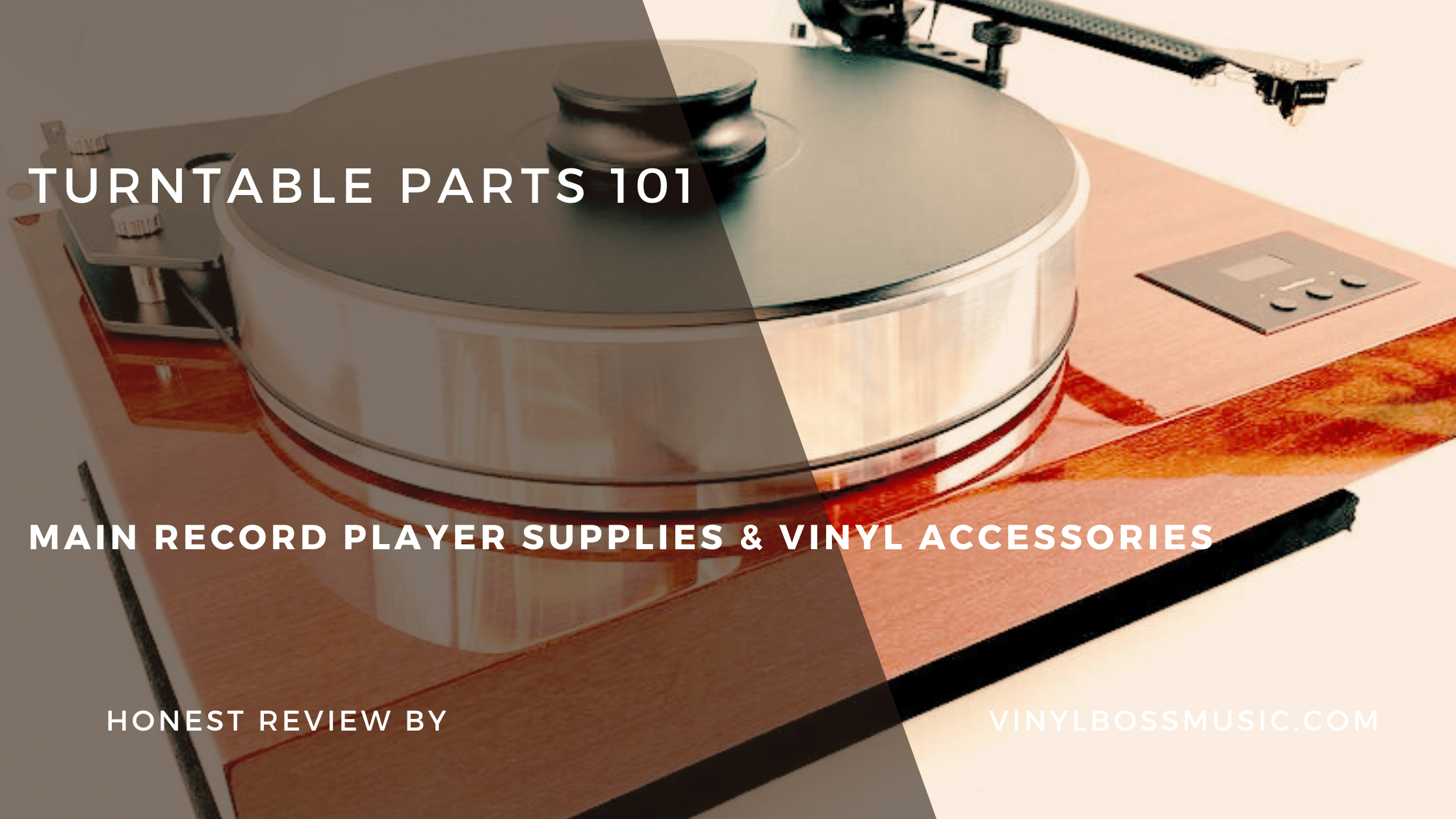
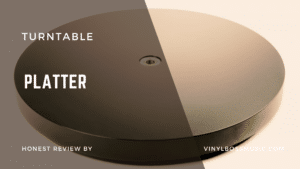

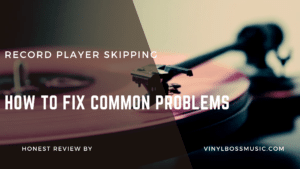
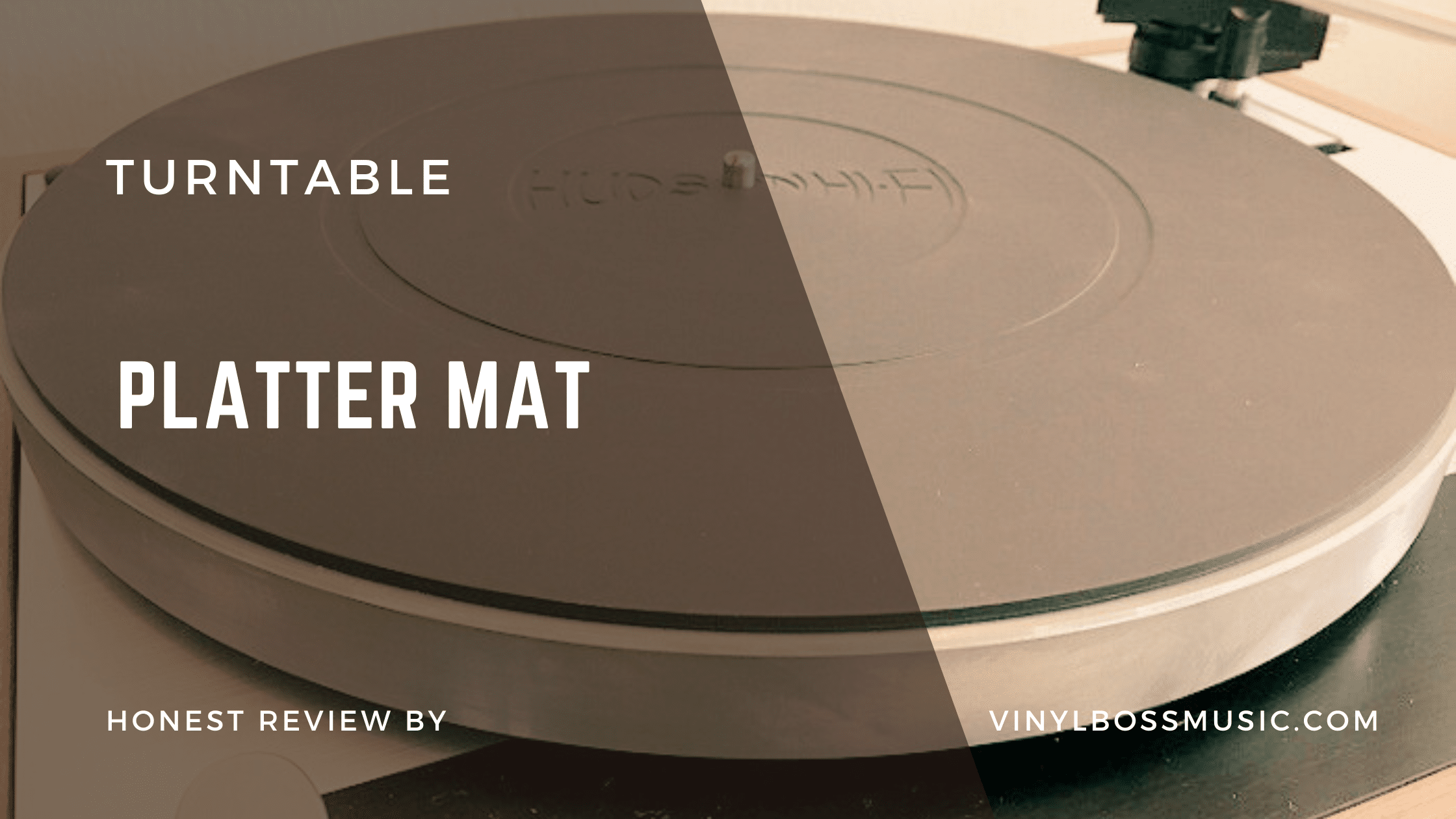
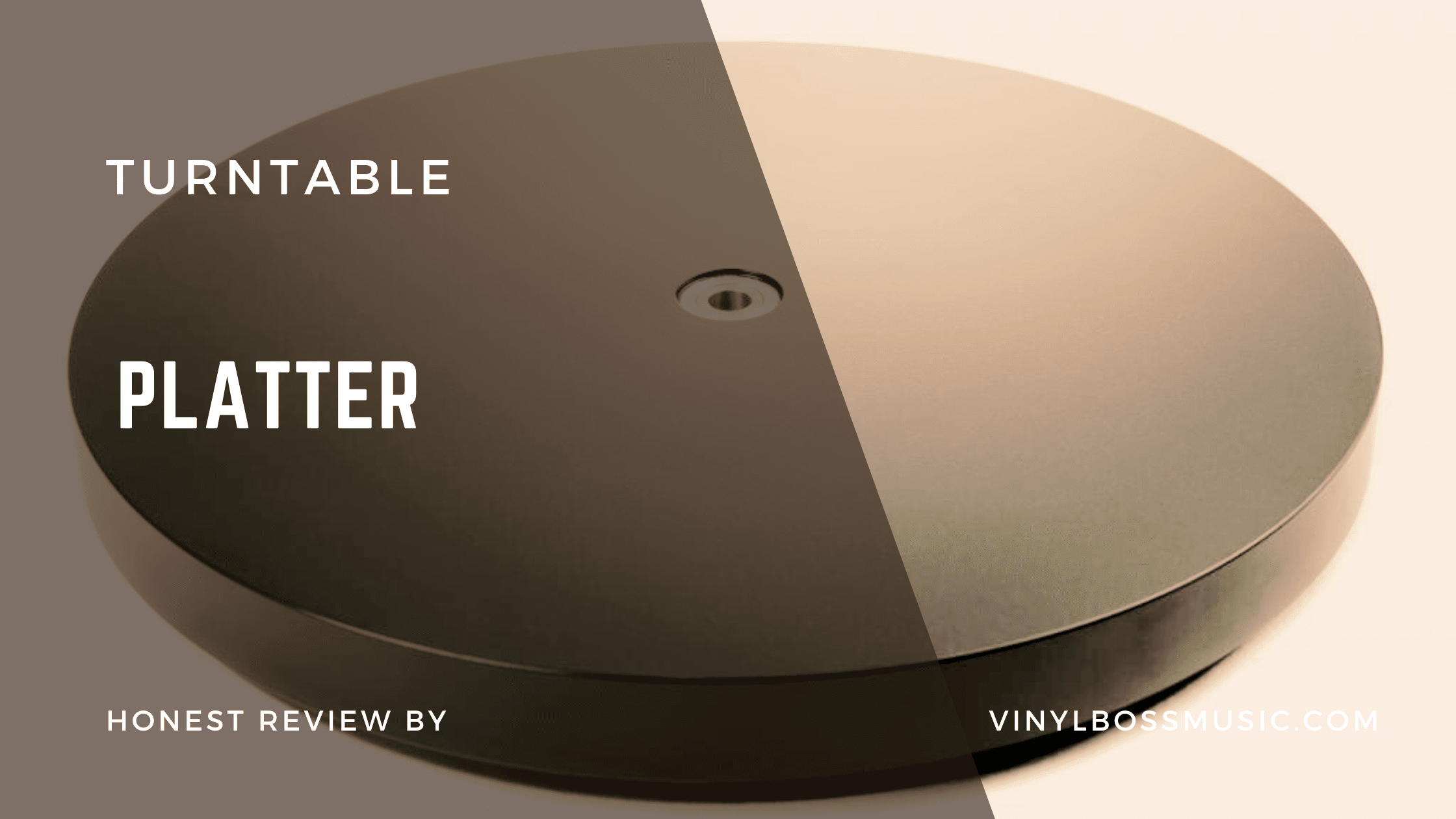
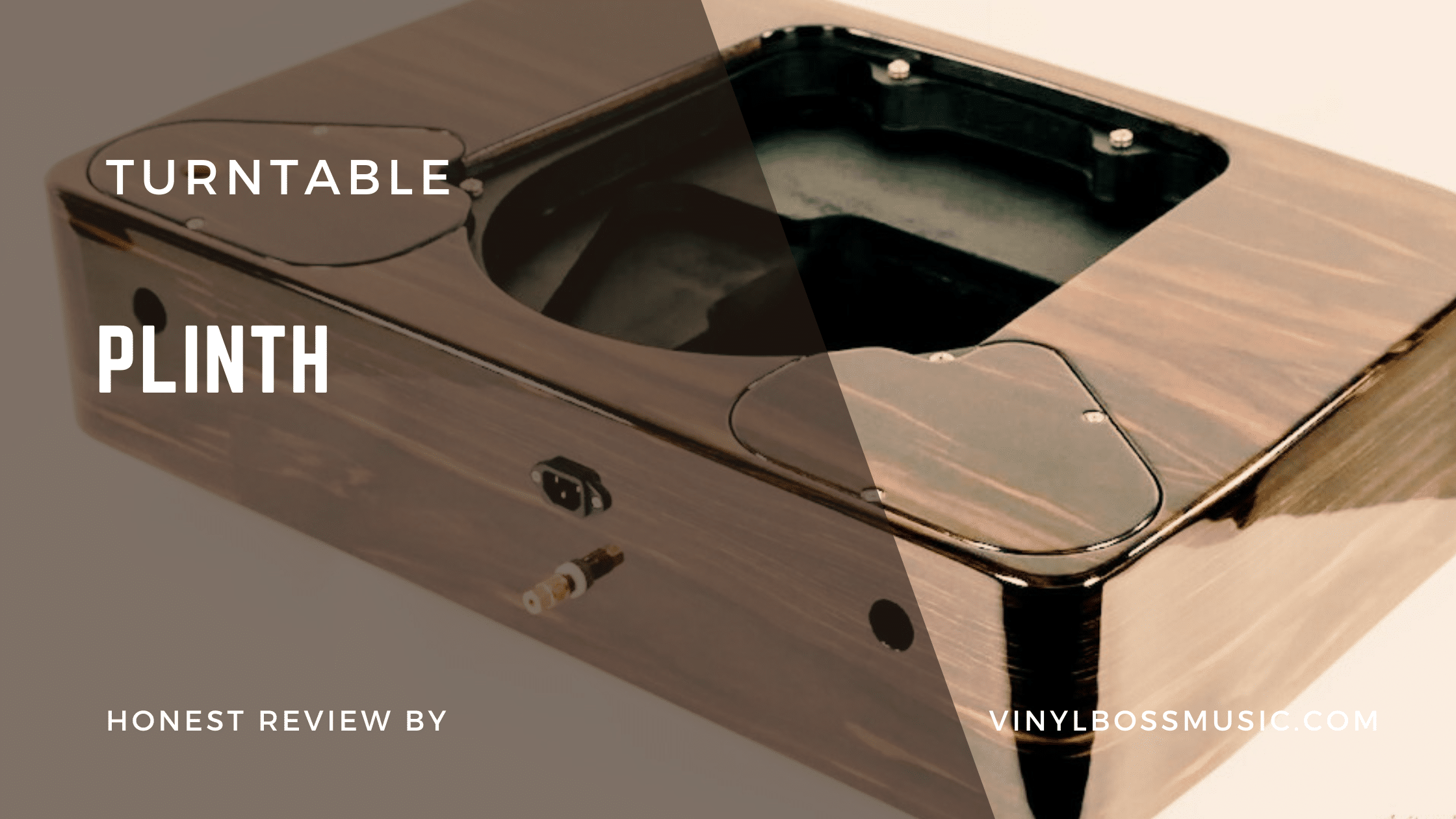
Leave a Reply